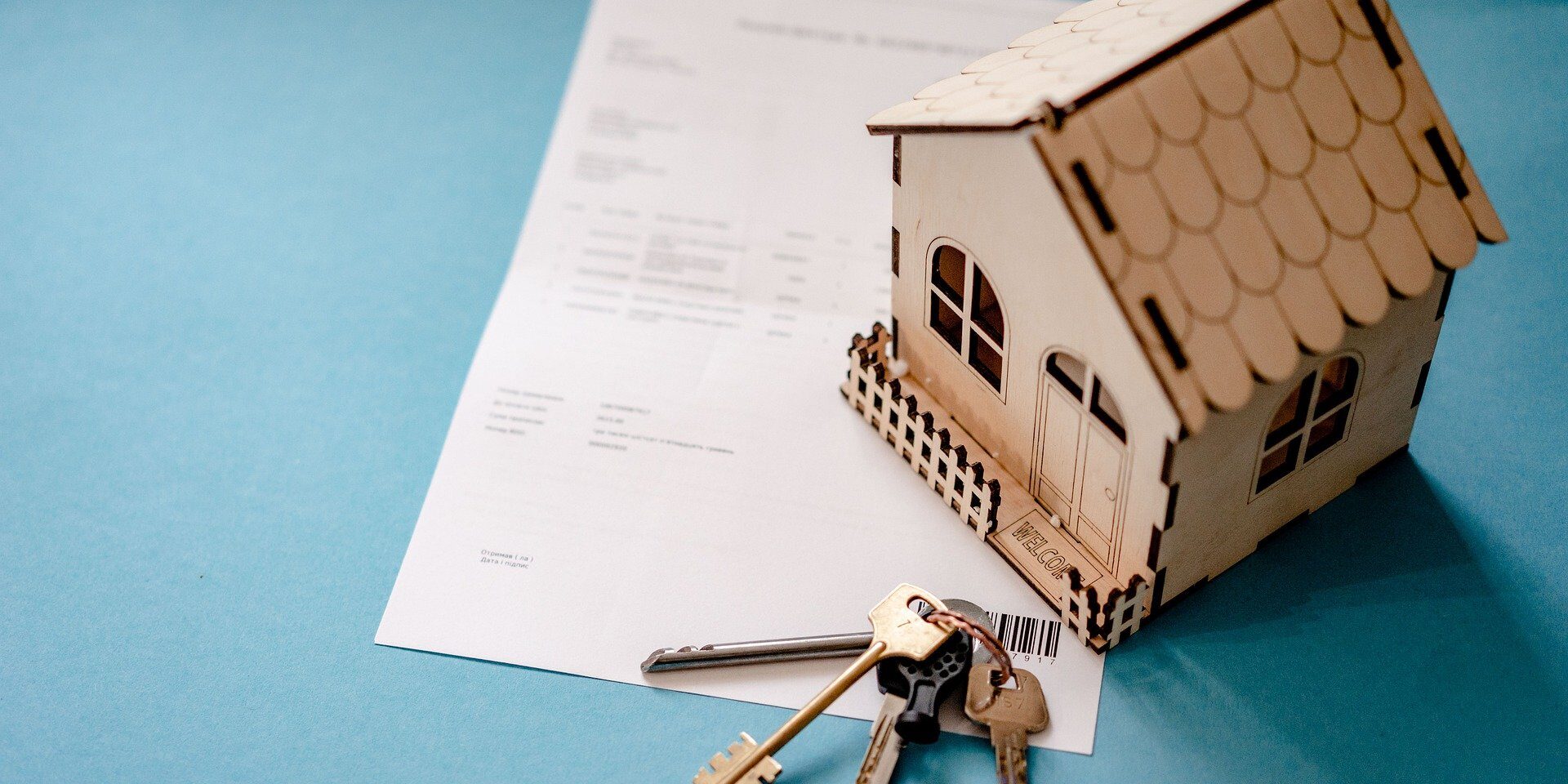Dimitrios P. Trivizas, Ltd.
Property Tax and Real Estate Lawyers
You will not be charged a fee unless your tax appeal is won
+1(312) 256-7333
Mill Levy - Definition and Example
I met recently with a potential client about his property taxes. He said he has a rough understanding of how his properties are valued by the Assessor, but not as to how his taxes are calculated in relation to the estimated values. To answer his question, I started with a known fact – property taxes are a major source of income for most levels of government. Each component therein decides the amount of money that will be needed to cover expenses as well as operations, e.g. Skokie Park Board’s 2016 to 2017 tax hike (http://fw.to/w2hLhih). More often than not, it is in the form of a percentage just as the assessment is a percentage of the property’s proposed value. So, my short answer to him was that the calculation uses the property’s assessment, equalization factor and the mill levy.
He gave me a quizzical look and said he found me because I can help him pay the right amount in property taxes, but not for a legalese breakfast. With that, I understood that this client, like the majority of property owners and tenants, focused his attention on a property’s value and assessment proposed by the Assessor and not the spending habits of government that shape each facet of the total mill levy.
In most cases, the mill levy is the tax rate imposed on your property value where one mill represents one tenth of one cent. Assuming that County needs $1,000,000 for 2017 and the total assessed property values in the County are $10,000,000, the mill levy would be calculated by dividing $1,000,000 with $10,000,000, or 10%. If the Village’s is 2%, School district is 5% and Miscellaneous is 1%, then the total mill levy would be 18%.
If the Assessor estimates the property value to be $750,000 and the assessment rate is 33.33%, then the assessed value would be 249,975. Assuming the equalization factor is 1, using the mill levy of 18%, the property taxes would be 249,975 times 18% or $44,995.50.
How do I respond to the common client question “why are my property taxes increasing when there has been little movement in market value?”, well in two parts. First, I advise clients to be active during government (village, county, etc.) budget meetings. Second, make sure that the Assessor proposes a reasonable and accurate market value for your property by appealing the assessment.
Need More Info ?
As we specialize in property tax relief, tax incentives and zoning, contact us for a free consultation about your property.





